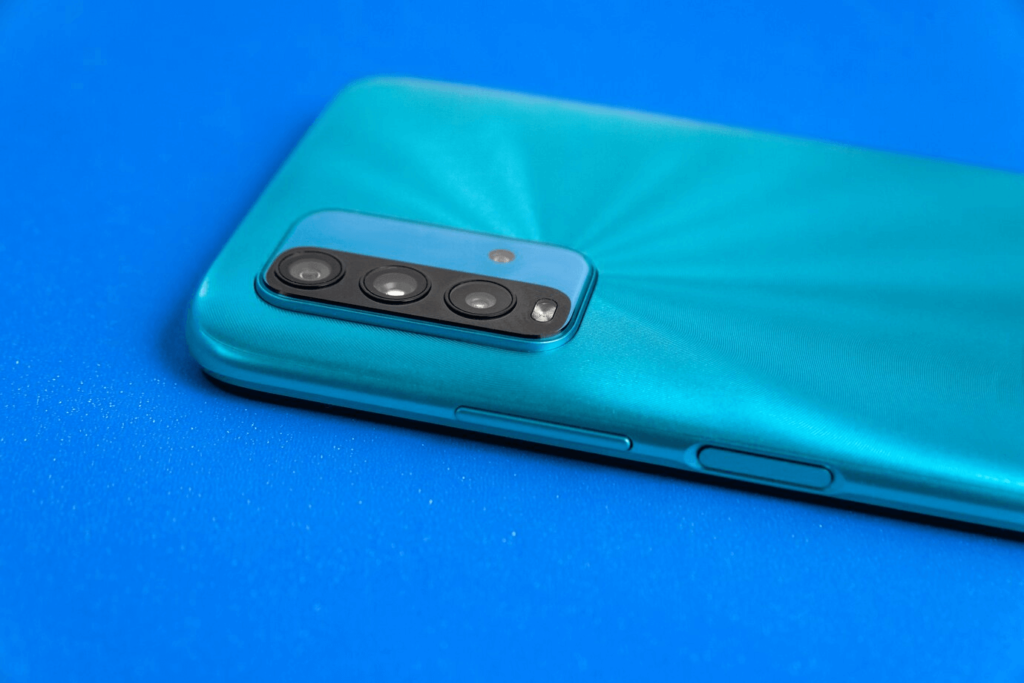Having trouble with your laptop’s speakers? Whether you’re hearing distorted audio, or the sound is completely absent, a malfunctioning laptop speaker can be frustrating. Fortunately, there are several simple solutions you can try before seeking professional help. This guide will help you troubleshoot common laptop speaker issues and get your device’s audio back to normal quickly and easily.
Common Laptop Speaker Issues
Understanding the common causes of laptop speaker problems is the first step toward fixing them. Let’s break down the typical issues that might arise with your laptop’s sound system.
1. Low or Muffled Sound
If your laptop speakers produce sound but it’s too quiet or muffled, this could indicate several issues. Often, it’s caused by incorrect settings, a driver issue, or a physical obstruction in the speaker grill. It’s important to rule out each of these factors before diving deeper.
2. No Sound at All
When your laptop speaker produces no sound at all, it could be related to a system setting or a hardware malfunction. Software issues such as muted audio, misconfigured sound settings, or outdated drivers are common culprits, but sometimes the problem is as serious as a damaged speaker.
3. Distorted Sound
If the sound coming from your laptop speaker is distorted or crackling, you might be dealing with a driver issue, or possibly a problem with the speaker itself. Distortion can also occur if the audio output settings are set incorrectly or if there’s interference from other apps.
How to Fix Your Laptop Speaker
Once you’ve identified the type of issue you’re dealing with, it’s time to begin troubleshooting. Below are the steps you should follow to fix the most common laptop speaker problems.
1. Check the Volume and Audio Settings

It might seem obvious, but sometimes the simplest solutions are the most effective. Before doing anything complicated, check the volume and audio settings to ensure nothing is muted or turned down too low.
- Check system volume: Click on the sound icon in the bottom-right corner of your screen and make sure the volume is turned up.
- Check app volume: Some apps, like media players or browsers, have their own volume settings. Make sure those aren’t muted.
- Verify sound output device: If your laptop has both internal and external audio outputs, ensure the correct one is selected.
2. Inspect and Clean Your Laptop’s Speakers
Dust, dirt, and other debris can block the speaker grills, preventing the sound from coming through clearly. Cleaning your speakers could solve your issue quickly.
- Power off the laptop: Always turn off your device before cleaning it.
- Clean the speaker grills: Use compressed air to blow out any dust or dirt lodged in the speaker area.
- Wipe the exterior: Use a microfiber cloth to gently wipe the area around the speaker.
3. Check Audio Drivers and Updates
Outdated or corrupted audio drivers are often the root cause of laptop speaker problems. To fix this:
- Update drivers: Go to Device Manager > Sound, video and game controllers, and check for updates.
- Reinstall drivers: If updating doesn’t work, uninstall the audio driver, restart your laptop, and let Windows automatically reinstall it.
- Use manufacturer tools: Many laptop manufacturers, like Dell or HP, offer tools for downloading the correct drivers for your device.
4. Test with Different Media and Applications
Try different applications or media files to ensure the problem isn’t specific to a certain app. For example, if sound works in one app but not in another, it’s likely an issue with that app’s audio settings rather than the laptop’s hardware.
- Try playing audio from another source: Use YouTube, a music app, or another media player to test sound.
- Test with video and audio files: Sometimes, issues are specific to one type of file. Try playing different formats to see if the problem persists.
5. Adjust Audio Output Settings
Make sure the correct output device is selected, especially if you’ve recently connected external speakers, headphones, or Bluetooth devices.
- Go to Settings > Sound: Ensure the output device is set to your laptop’s internal speakers.
- Check for external devices: If you recently connected external audio devices, unplug them and check if your laptop returns to its internal speakers.
6. Perform a System Restore
If the issue started after installing new software or an update, a system restore can help. This will undo recent changes and return your system to a previous state when the audio was functioning properly.
- Use System Restore: Go to Control Panel > System and Security > System > System Protection, and select a restore point before the issue began.
When to Seek Professional Help
If you’ve tried all of the above steps and your laptop speaker is still not working, it could be a hardware issue. Common hardware issues that affect speakers include:
- Damaged internal components: A blown speaker or malfunctioning motherboard can cause audio issues.
- Faulty audio jack or cable: If you often plug in and unplug headphones or external speakers, the port might be damaged.
- Loose connections: Sometimes internal connections can become loose over time, preventing the speakers from functioning properly.
In these cases, it’s time to seek professional help. A technician can inspect the laptop’s internal components and repair or replace the faulty hardware.
What should I do if my laptop speakers have no sound at all?
First, check your volume settings and ensure the correct output device is selected. If those are fine, update or reinstall your audio drivers. If the problem persists, try cleaning the speaker area and consider performing a system restore.
How can I fix muffled or distorted sound on my laptop speakers?
Muffled or distorted sound can often be fixed by adjusting your sound settings or updating audio drivers. Cleaning the speaker grills can also help clear out any physical obstructions.
Why is my laptop sound so low even when the volume is turned up?
Check if any external apps or settings are limiting the volume. Also, make sure no audio enhancements are enabled that could be affecting the sound. If the issue persists, your laptop’s internal audio hardware may need attention.
How do I know if the issue is hardware-related or software-related?
If none of the troubleshooting steps work, it may be a hardware issue. You can test the laptop with headphones or external speakers—if they work fine, the problem is likely with your internal speakers.
Can external devices cause my laptop’s speakers to malfunction?
Yes, connecting and disconnecting external audio devices can sometimes interfere with the laptop’s audio settings. Always make sure your laptop is set to the internal speaker as the default output device when not using external speakers or headphones.
Interesting Statistics
- Over 30% of laptop users report encountering sound issues at some point, with speaker malfunctions being the most common complaint.
- Audio drivers account for over 50% of laptop speaker problems, highlighting the importance of keeping them updated.
- Laptop speakers are responsible for over 40% of the audio experience in consumer electronics, making their quality critical to user satisfaction.
- More than 70% of laptop owners use their device for entertainment, making speaker quality an essential aspect of the overall user experience.
- DIY troubleshooting can resolve up to 80% of common speaker issues, making it a worthwhile first step before seeking professional help.
Call to Action:
Don’t let a broken speaker ruin your laptop experience. Use these simple fixes to restore your audio and get back to enjoying your favorite videos, music, and games. If you’re still having trouble, remember that expert repair services are always available when you need them!
